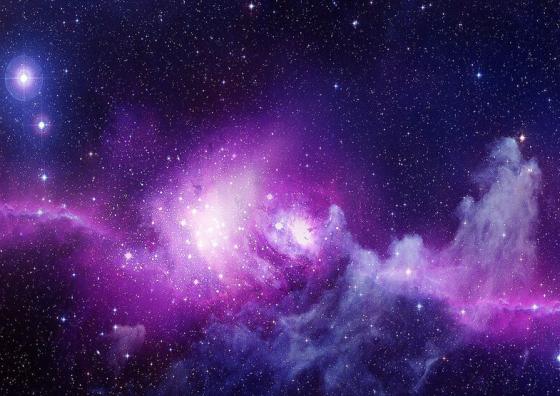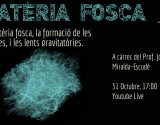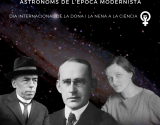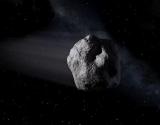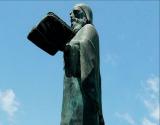The astronomer Jordi Miralda gives the online conference "Gravitational lenses: how to observe a single star ten billion light-years away and, by the way, find out what dark matter is", organized by the Sant Cugat Valldoreix Astronomical Association (AASCV) . Anyone interested can participate through the Zoom platform, via the public link of the conference: https://us02web.zoom.
Abstract
Typically, the brightest stars in external galaxies can be observed individually with our most powerful telescopes up to a maximum distance of about one hundred million light-years, among the weakest detectable point sources. However, recently the Hubble Space Telescope has detected individual stars at cosmological distances of about ten billion light-years, which we observe today as they were when the Universe was only a third of its current age, thanks to the fact that their brightness has been magnified by a huge factor of over a thousand times by the action of a gravitational lens. This exceptionally large magnification of brightness occurs when a star behind one of the most massive galaxy clusters in the Universe passes through an area called the caustic gravitational lens produced by the cluster. The variability of the magnification of one of these stars that we can observe can provide us with key information about dark matter, which constitutes more than 80% of the mass of the galaxy cluster that deflects and magnifies the light that passes through it.
About the author
Jordi Miralda is an ICREA professor, astronomer and scientific director at the Institute of Cosmos Sciences. Doctor in Astrophysics from Princeton University, he returned to Catalonia as an ICREA professor in 2005. His research is mainly focused on the field of theoretical astrophysics, and he tries to give physical explanations about the phenomena that we observe in the universe. Although his interests range from the formation of galaxies to the composition of the Universe, or the formation of massive black holes, in recent years he has focused his efforts on studying the large-scale distribution of intergalactic gas through quasar soundings. Currently, he investigates the techniques that delve into the nature of dark matter.
